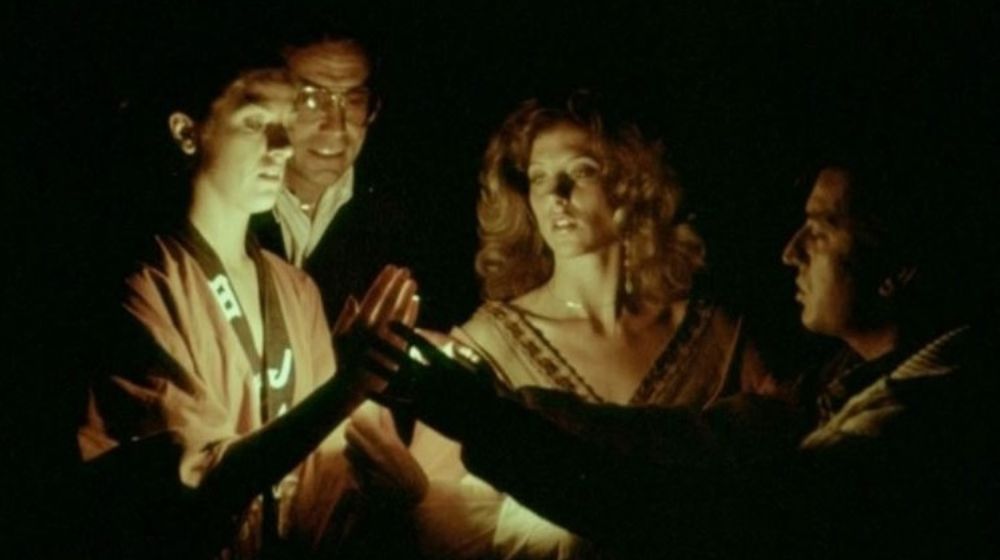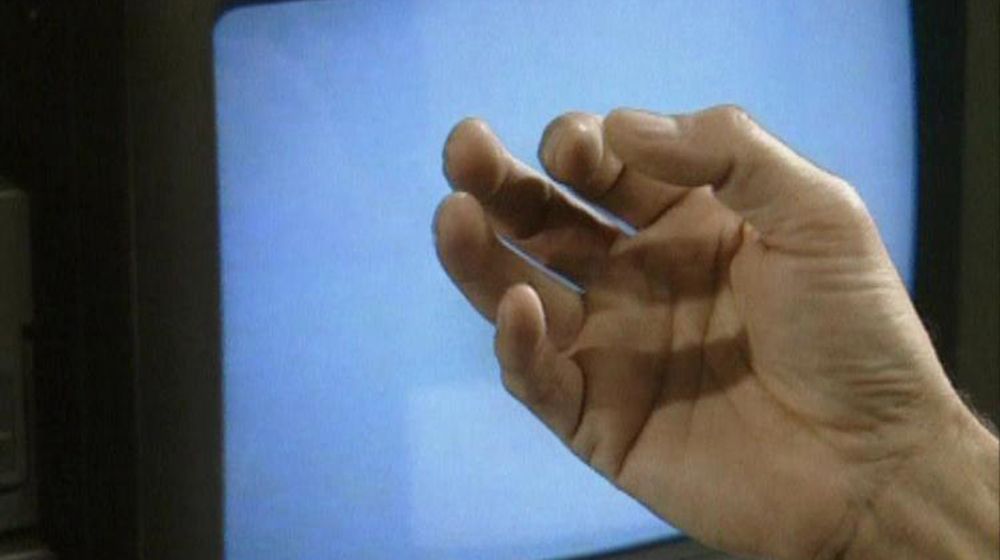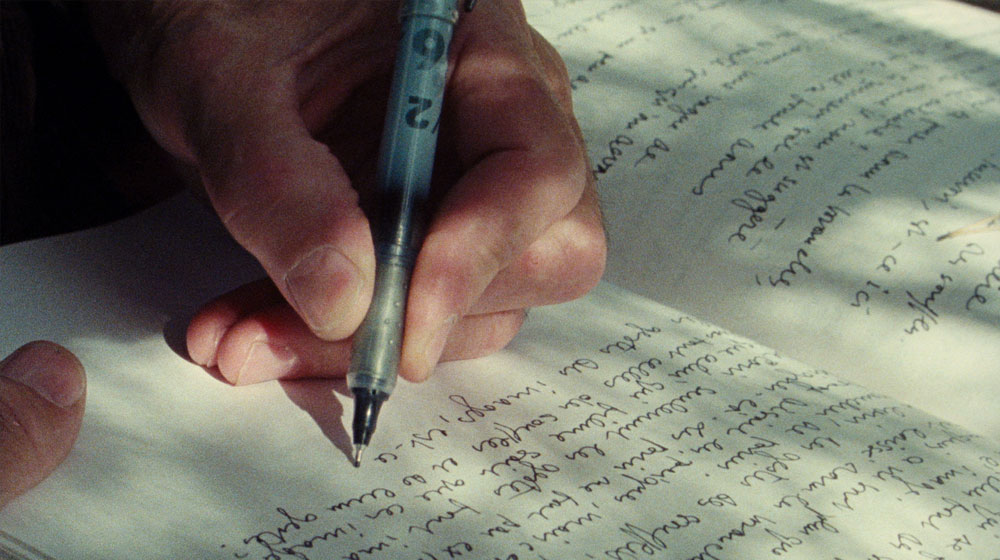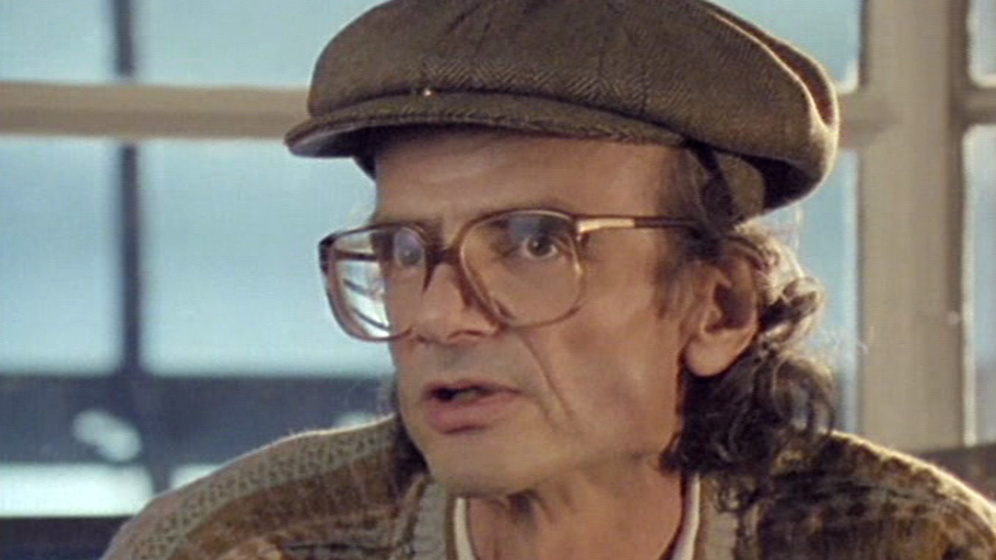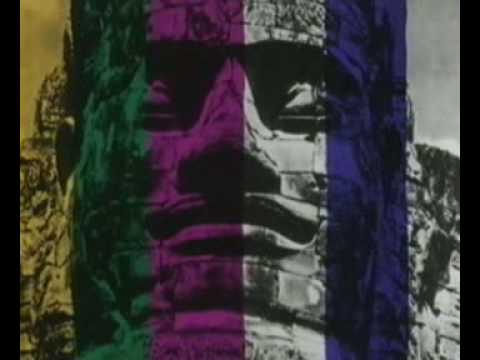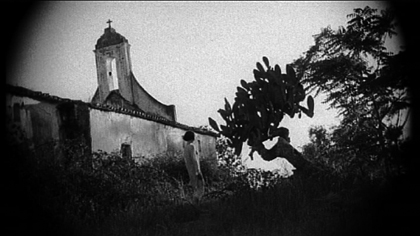In 1981, Godard went to see Francis Ford Coppola at the Zoetrope studios. The collaboration between the two did not come to fruition, but Godard made the most of that visit to film some extraordinary shots, showing the work done with light to reconstruct a painting by Georges de La Tour, The Newborn Child. The short film Une bonne à tout faire, unseen until Godard showed it in 2010, recovers these shots that foreshadow the poetics of Passion. It is followed by Changer d’image, a self-portrait in which he points out that every act of creation is a declaration of love.
Scénario de Sauve qui peut (la vie) is the first of Godard’s script-films, in which he shares how to conceive, start watching and write a film based on images, not words. Voyage à travers un film (Sauve qui peut (la vie)) is an unknown film by Godard found in Swiss TV archives in 2021: a critical review, re-editing and extension of Sauve qui peut (la vie), it is above all a portrait and a creative dialogue with the actress Isabelle Huppert.
In these films, Jean-Luc Godard clairvoyantly shares the gestures that lead him to start creating a film, to think about cinema, to see “what there is between the images”.
Une bonne à tout faire, France, 1981, 35 mm to digital, 8’
Changer d’image, France, 1982, U-Matic to digital, 10’
Scénario de Sauve qui peut (la vie), France, 1979, Betacam to DVD, 21’
Voyage à travers un film (Sauve qui peut (la vie)), Switzerland, 1981, Betacam to digital, 97’
Spanish subtitles. Copy of Une bonne à tout faire courtesy of Fabrice Aragno. Copy of Changer d’image provided by INA. Copy of Scénario de Sauve qui peut (la vie) provided by Gaumont. Copies of Voyage à travers un film (Sauve qui peut (la vie)) provided by Radio Télévision Suisse.
